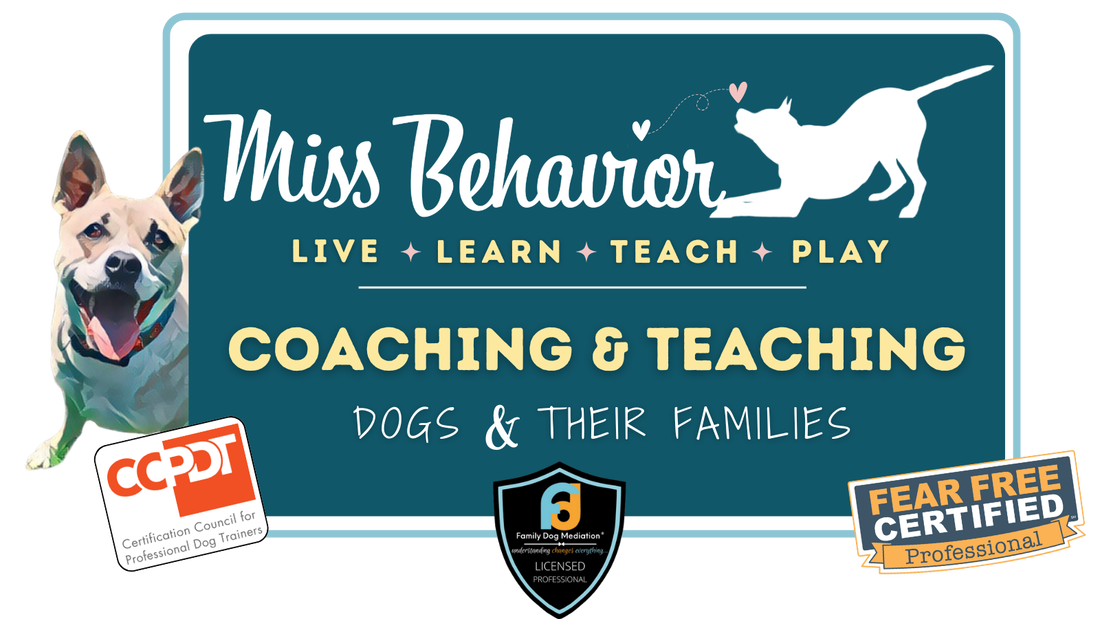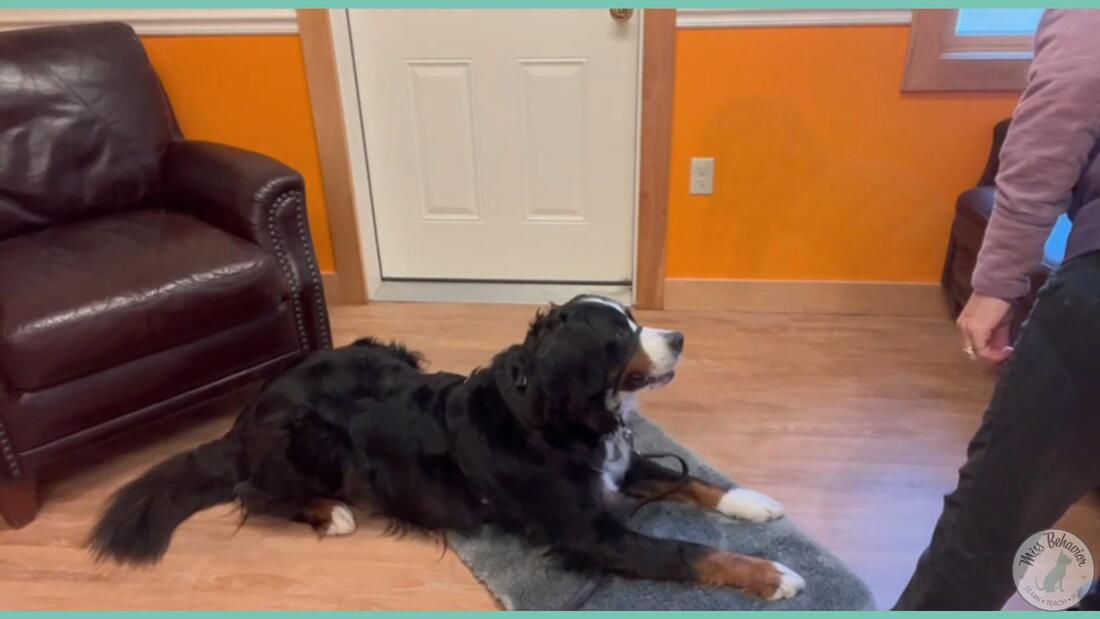|
10/11/2023 0 Comments Heading down the Vet Prep PathPreparing your nervous pet for a visit to the vet can be a daunting and overwhelming task.
Sometimes it feels like an all or nothing situation. "Well, if my dog is never going to love the Vet, we should just get it over with".
With a bit of understanding and some home-taught skills, you can make the next Vet visit a little happier. You'll turn this potentially stressful situation into a smoother and more comfortable experience for both you and your pup. Here is a overview to help you understand how I recommend navigating down the Vet Prep Path. Phase 1: Understanding
Understanding is the first step in the Vet Prep Path. This involves getting to know your dog, your family, the goals, the expectations, and the plans. It's important to learn how to read your dog's body language and understand their physical needs. It's also essential to consider their genetics and any medical conditions they may have. All these factors play a significant role in how they will react to the vet visit.
Understanding family-based goals and expectations are crucial. Every family is unique, and what works for one might not work for another. Therefore, assessing the learning and communication styles of the family can help ensure a more personalized and effective Vet Prep Path. There is no cookie-cutter solution here. This is also a phase that will continue to be part of all future phases, as learning and understanding is always a priority. Phase 2: Home Skills
Home skills are the second step on our journey down the Vet Prep Path. These are skills that will be helpful to establish in a lower-stress setting at home.
These include things like:
These skills will help your dog feel more at ease and be better prepared for their vet visit.
Phase 3: Confidence Building
Phase 4: Visiting the Vet
Now that we've established a better understanding of needs and communication, home skills, and built up some confidence outside the context of the Vet's office, it's time to visit the Vet's office.
During these visits, the focus should be on making your dog feel comfortable and relaxed. Over multiple visits, you can practice in the exam room, bond and connect with 1-2 staff members, narrow down plans with the Vet team, establish wants vs needs for upcoming appointments, show off skills, and continue building confidence at the Vet without any actual procedures or pressure. Phase 5: Treatment Time
After successfully visiting the vet, it's time to put the plan and skill-building into action.
With the plan you've made, you'll work together with the pre-established Vet Team who your dog has had many good experiences with. This stage will vary but some initial goals might include consent-based skills for an exam, blood draw, skin check, ear swab, sedation, nail trim, restraint by others, and more.
But wait... what about detours?
What if you need treatment before going all the way down the path? That's okay! Talk to your vet about medication and wants vs needs for that visit. You'll still have patterns and predictability to fall back on, as well as low-stress handling. Know your boundaries and stopping point in advance and don't hesitate to advocate for that at any time!
In conclusion, with the right approach and preparation, a visit to the vet does not have to be a stressful experience for your dog. By understanding their needs, building their confidence, and establishing essential home skills, you can make vet visits a smooth and comfortable experience. Remember, the journey down the Vet Prep Path is not a race, but a journey of understanding and preparation.
Ready to get started on your path, with extra support along the way?
Fill out the Contact Form here and let's go!
Tell me - What do you or your dog struggle with most when it comes to visiting the vet?
0 Comments
Your comment will be posted after it is approved.
Leave a Reply. |
|
- Home
- About
- Blog
- Services
- Membership
-
Courses & Freebies
- All Courses
- FREE Boredom Buster Recipes
- COURSE: Building Resilience in your Family Dog
- COURSE: Managing the Leash Walk
- Potty Training COURSE
- Paws Off COURSE
- COURSE: Managing the Leash Walk
- FREE Attention Building Challenge
- FREE Scratchboard Training
- FREE Rest and Recovery Round-Up
- FREE Body Language 101
- Contact
- Home
- About
- Blog
- Services
- Membership
-
Courses & Freebies
- All Courses
- FREE Boredom Buster Recipes
- COURSE: Building Resilience in your Family Dog
- COURSE: Managing the Leash Walk
- Potty Training COURSE
- Paws Off COURSE
- COURSE: Managing the Leash Walk
- FREE Attention Building Challenge
- FREE Scratchboard Training
- FREE Rest and Recovery Round-Up
- FREE Body Language 101
- Contact
Search by typing & pressing enter






 RSS Feed
RSS Feed





